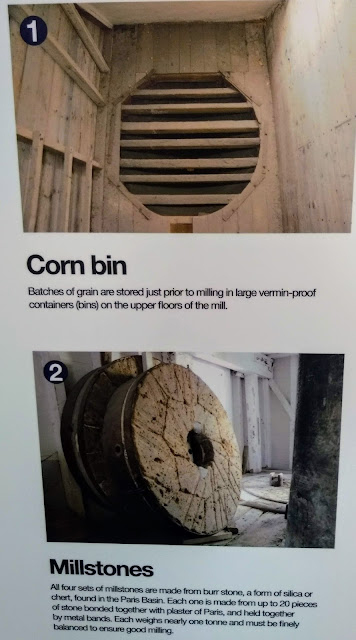I have dwindled, I dwindle. Not so long ago (with a kind of shrink of my head and shoulders, as when one is scolded) I could disappear. Soon, at my present rate of decrease, I may spare myself this effort.
But there is almost always life in the old dog yet, and successful sourdough (which I manage to achieve in fits and starts) involves coming to an understanding with your starter. It is actually a remarkably flexible part of a baker's armoury, and will meet you half way. Well nearly half way. Usually. With a bit of luck. To be honest, it is usually the baker's fault if the starter goes west.
How do you decide if your starter has died? It almost certainly hasn't, but it's up to you to manage resuscitating the old thing. You know you want to! This was where my neglected starter had got to in the back of the fridge recently -
You know how it is. You are intending to feed it before you go to bed. Then you think you'll do it after breakfast. Then you put it off till the weekend. Then there's no flour left. And so it goes on and on, week after week. Then eventually you decide it must be dead and throw it out.
Here's what you should actually do. Fear not. Although it's true that there are endless, numberless ways that sourdough can go wrong, if you really want to do it, you will succeed, once you get to that understanding of what you absolutely must do, and what you can simply let the sourdough show you you need to do. Give it a fair start, and then watch and respond.
So, given the grey, nasty looking mess in the picture above, what do you absolutely need to do? You could start again, but that would just be swapping the devil you know for the devil you don't. Every sourdough situation has problems waiting to catch you out. If you can deal with what you have got, you know where you are, roughly. In my case I know this is a very stable strain of sourdough, and it has been very well behaved. Above all I like the flavour it delivers, and the level of sourness is low enough for my taste. So I am definitely not throwing it out.
The first thing to deal with is that nasty grey water on the top. There are two schools of thought on this - either stir it back in or replace it. When pushed, Simon from Staff of Life came down on the side of replacing it, so that is what I have always done. But Simon definitely had to think about it, so feel free to stir it back in if you like.
I start by putting the pot on the scales, noting the weight, and then draining off the excess water. Then I put the pot back on the scales and add fresh water to bring the weight back to where I started.
If I were that sourdough starter, I'd feel like I had just had a good shower. It can't do any harm to introduce a bit of fresh water, and whatever was just thrown down the drain, I doubt if it is the essence of sourdough! A quick stir, and the old thing starts to look like a culture again. Just a few bubbles, which presumably were trapped in the floury part of the starter.
After a good shower, nothing beats a fresh set of clothes, or in sourdough terms, a new pot. This is the chance to cut back the starter so that there is a very small bit left, which means that the feed it is about to get will seem like a complete blow out, and it will get busy eating "for England, home and beauty".
Ah, bliss, thinks the sourdough - fresh water, a clean pot. I am suddenly fitter and leaner. Well, leaner, but still hungry. And then the cavalry arrives, with ample supplies of flour.
As always, when feeding sourdough, it is important to keep the ratio of flour to water the same. That way you always know how must flour and how much water is going into your dough when you add any given amount of starter to your sponge, or to your dough if (bad choice) you are not using a sponge.
Many people feed equal quantities of flour and water, so their starter is always at 100% hydration. I prefer to keep mine wetter - 140% hydration. This makes the maths easier when you bake using a sponge. 300 g of sponge contains 125 g of flour and 175 g of water, so you make a loaf's worth of dough with 300 g of sponge, 375 g of flour and 175 g of water.
All that is left then is a good stir, and back into the fridge. The small amount of old starter can now settle down to a huge meal of fresh flour and water, and start making bubbles. It's what it does.
This starter has a fair way to go before it's ready for baking, but it has shown quite clearly that it is up and running, bubbling, and ready for a good bout of eating over the next few days, then it's bread time. My job now is just to keep an eye on the starter, and respond to what I see. As I know I am going to be baking, I will be cutting right back and giving big feeds through the week, so that my little friend is ready for baking action at the weekend.
Update
After a week's tender loving care, and a sequence of progressively larger feeds the day before baking, this once neglected starter produced a pretty creditable sponge, and 6 small and 4 large sourdough loaves as part of Heron Corn Mill's Locale festival of local food and producers this weekend.


































